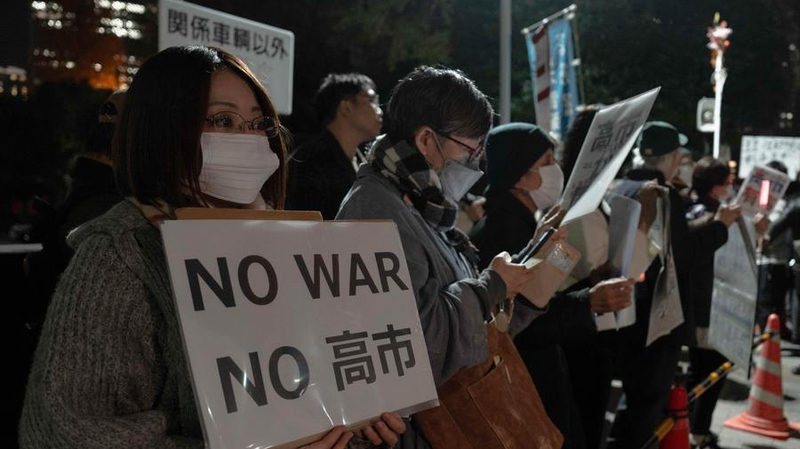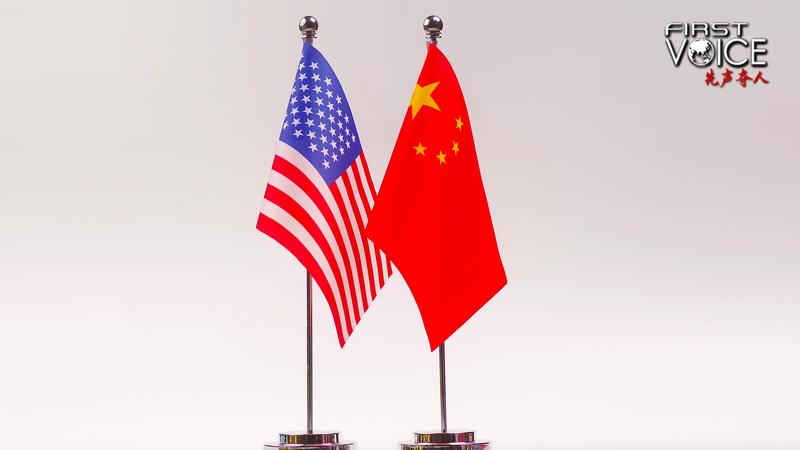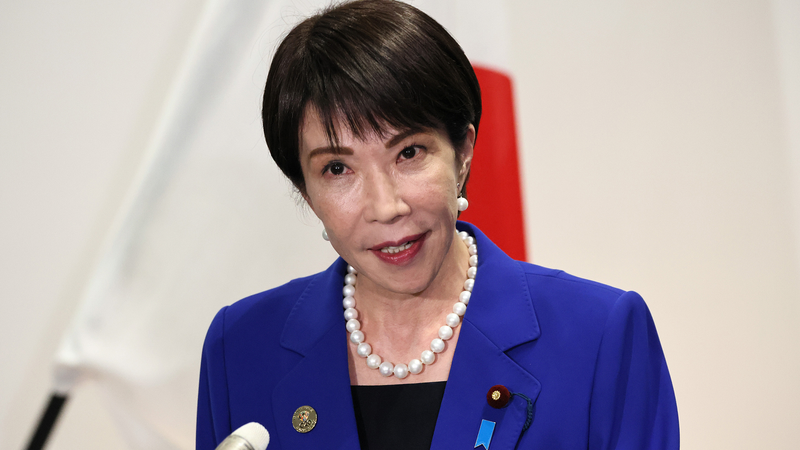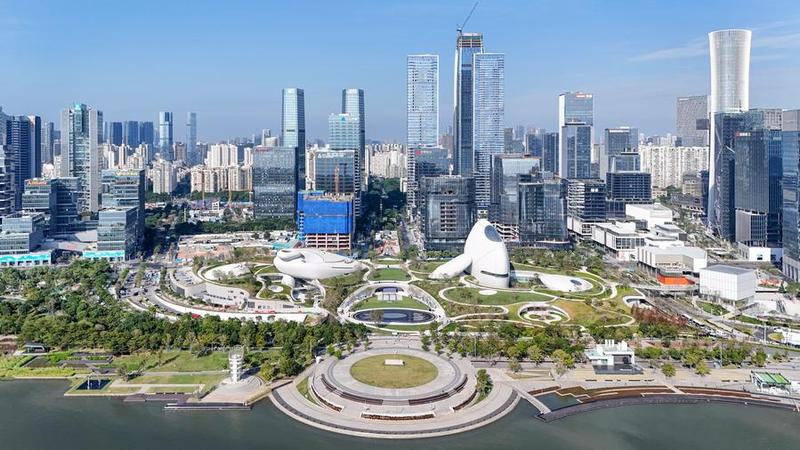Step into Beijing’s Palace Museum today and you’re instantly transported to another era 🏯. Built in the early 15th century under the Ming dynasty, this imperial enclave stood hidden behind walls for over 500 years until 1925, when it officially opened its gates to the public as the Palace Museum.
What was once the private realm of emperors, consorts and officials now showcases a jaw-dropping collection of paintings, calligraphy, ceramics, bronzes, jades, textiles and more. Each piece is like a time capsule, revealing details of court life, artistic brilliance and the big ideas that shaped dynasties.
Over the decades, curators and scholars have breathed new life into these treasures. Through rotating exhibitions, digital catalogues and interactive displays, they make centuries-old artifacts feel fresh and relevant — perfect for scanning QR codes on your phone or enjoying a VR tour straight from your smartphone 📱.
Why does this matter? The Palace Museum’s move from a sealed-off imperial court to a global cultural hotspot symbolizes the power of heritage to unite us all. It’s a reminder that history isn’t just for scholars or the elite; it belongs to anyone curious enough to explore.
Today, millions of visitors from around the world stroll through its courtyards each year, snapping pics of the golden roofs, marvelling at intricate porcelain designs and diving into stories that span more than half a millennium. Whether you’re an art student in Jakarta, a history buff in Dhaka or a travel vlogger in Manila, there’s something here to spark your creativity.
As the Palace Museum celebrates its centennial, it invites us to rethink what museum culture can be — dynamic, accessible and always evolving. So next time you find yourself daydreaming about the past, remember: heritage isn’t locked behind palace walls; it’s right at your fingertips!
Reference(s):
The Palace Museum at 100: From imperial court to global icon
cgtn.com



